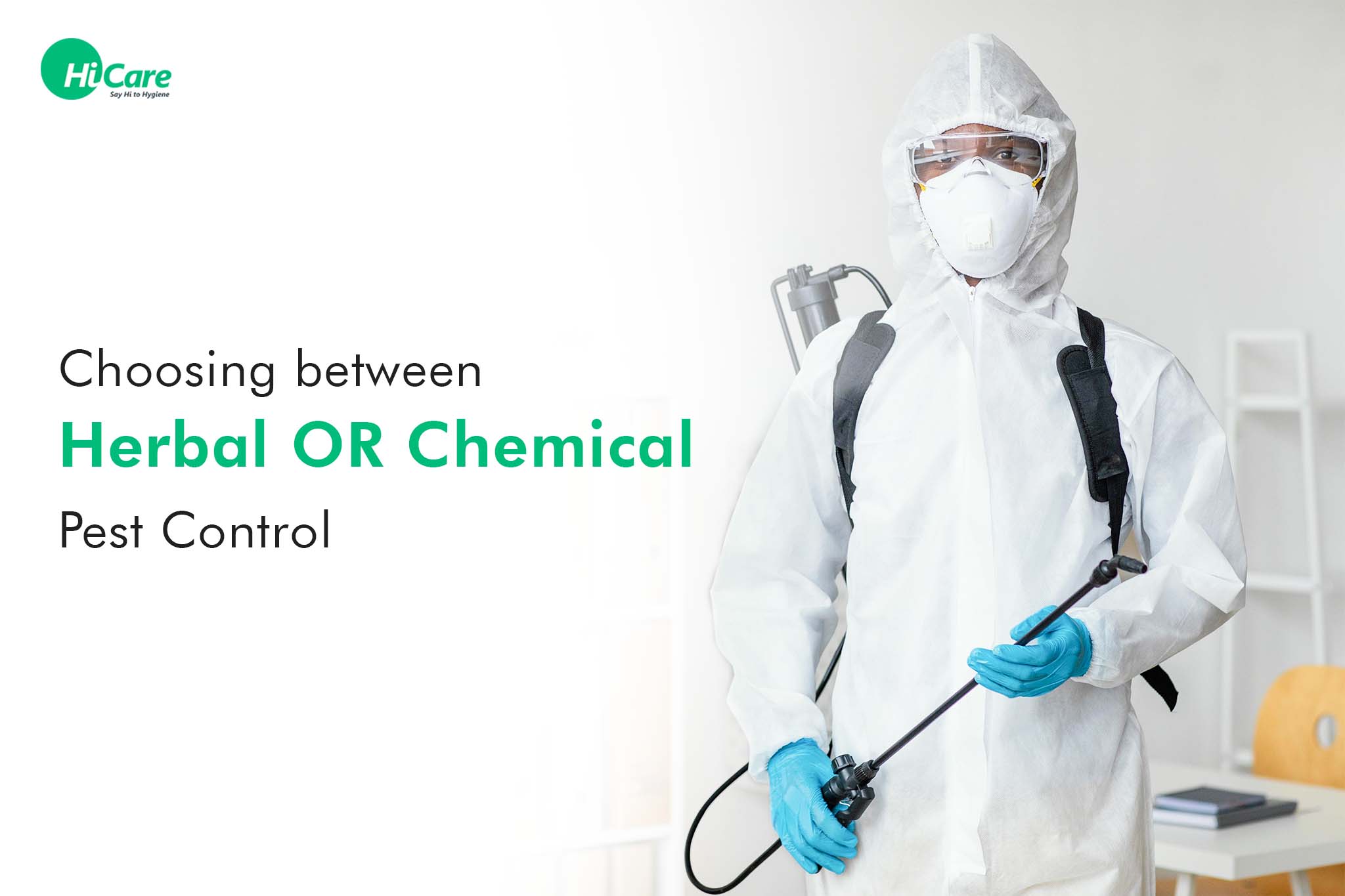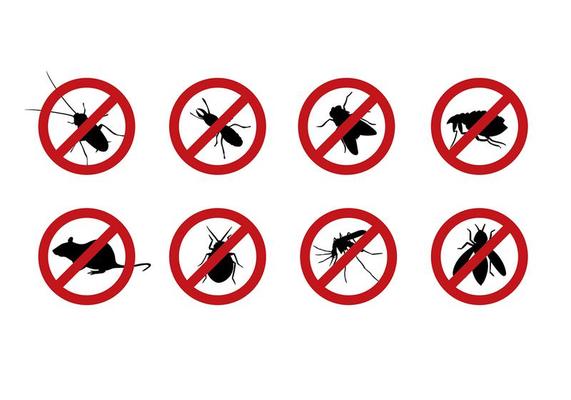A1 Bed Bug Exterminator Charlotte - Specialized Bed Bug Removal
A1 Bed Bug Exterminator Charlotte - Specialized Bed Bug Removal
Blog Article
Bed Bug Therapy Breakdown: Contrasting Chemical Vs. Non-Chemical Solutions
In the world of insect control, specifically when taking care of the persistent concern of bed insects, the selection between chemical and non-chemical therapy solutions can be an essential one. Both methods supply distinctive benefits and drawbacks, affecting aspects such as effectiveness, security considerations, and overall price. By checking out the nuanced information of each approach, a more clear understanding of which path to seek in dealing with a bed insect problem can be obtained.
Efficiency of Chemical Treatments
Chemical therapies for bed insect invasions have actually been extensively recognized for their fast and potent efficiency in getting rid of these insects. When thinking about the efficiency of chemical therapies, it is critical to recognize that they can supply a quick and comprehensive service to a bed bug problem. Expert pest control specialists usually count on insecticides to target bed pests at different phases of their life cycle, including adults, fairies, and eggs. These chemicals commonly work by disrupting the bed bugs' nerve system, bring about paralysis and ultimate fatality.
Moreover, chemical therapies have the advantage of supplying residual results, suggesting that they can continue to eliminate bed pests even after the initial application. This recurring activity is specifically advantageous in combating any potential re-infestations. Additionally, the rapid activity of chemical treatments can bring relief to individuals encountering severe bed pest infestations, permitting them to regain control of their living spaces promptly.
Safety Concerns With Chemical Solutions
One critical aspect that calls for mindful consideration when utilizing chemical solutions for bed insect treatment is making sure the security of passengers and the setting. Direct exposure to particular chemicals used in bed bug treatments can lead to respiratory problems, skin irritability, or other damaging responses, especially in people with pre-existing problems or level of sensitivities.
In addition, the environmental impact of chemical solutions is one more considerable consideration. Some pesticides used in bed insect therapies may be dangerous to valuable insects, wild animals, and ecosystems if they leach right into the dirt or water supply. It is important to utilize chemical treatments deliberately, complying with safety and security standards, and considering less toxic choices to mitigate these dangers and make sure the reliable and secure administration of bed bug invasions.
Advantages of Non-Chemical Strategies
Considering the possible safety worries and ecological effect connected with chemical solutions for bed insect therapy, exploring non-chemical strategies provides an appealing choice with a number of distinct benefits. Non-chemical treatments are ecologically friendly, as they do not contribute to air or water air pollution, making them a sustainable choice for insect control.
Additionally, non-chemical services can be effective in targeting bed bugs, including hard-to-reach locations where chemical therapies might not permeate - A1 charlotte bed bug exterminator. Methods such as heat treatment, vacuuming, heavy steam cleansing, and mattress encasements supply detailed elimination without the usage of dangerous chemicals.
Limitations of Non-Chemical Treatments

Additionally, non-chemical treatments typically need multiple applications to accomplish successful obliteration. This can be lengthy and may not constantly guarantee total elimination of all bed bugs and their eggs, particularly in hidden or hard-to-reach locations.
Additionally, the success of non-chemical treatments all pest control heavily relies upon correct execution and thoroughness, which can be testing for people without specialist knowledge. Inadequate application of non-chemical methods might lead to incomplete eradication, bring about consistent problems and the requirement for additional therapies.
Consequently, while non-chemical treatments have their advantages, it is important to recognize these restrictions and consider them when establishing the most reliable approach for taking care of bed insect problems.
Expense Contrast: Chemical Vs. Non-Chemical Options
Given the constraints associated with non-chemical therapies, a vital facet to examine in the context of bed bug management is the expense comparison between chemical and non-chemical alternatives. Chemical treatments normally include the application of pesticides by professionals, which can range from $250 to $900 per room, depending upon the extent of the infestation and the dimension of the area to be dealt with. In comparison, non-chemical therapies like warm therapy or vapor can be more costly, with prices ranging from $1,000 to $6,000 for an entire home. While the first cost of chemical treatments might seem lower, several treatments might be called for to totally get rid of the invasion, possibly boosting the general expense. On the various other hand, non-chemical options might offer a more lasting and eco-friendly option, although they can be cost-prohibitive for some people. Eventually, when considering the cost of bed bug therapy options, it is important to weigh the ahead of time expenses versus the effectiveness and long-term sustainability of the selected technique.
Conclusion

Taking into consideration the prospective safety and security problems and environmental influence connected with chemical solutions for bed insect therapy, checking out non-chemical techniques offers an encouraging choice with a number of distinctive advantages.Given the constraints connected with view publisher site non-chemical therapies, a vital facet to examine in the context of bed bug administration is the cost comparison in between chemical and non-chemical options. In comparison, non-chemical treatments like warm therapy pest control online or steam can be much more costly, with prices varying from $1,000 to $6,000 for a whole home. While the first expense of chemical treatments may seem lower, numerous treatments might be called for to completely eliminate the problem, possibly raising the total cost.In verdict, when comparing chemical and non-chemical bed bug treatment choices, it is essential to think about performance, safety and security, benefits, limitations, and cost.
Report this page